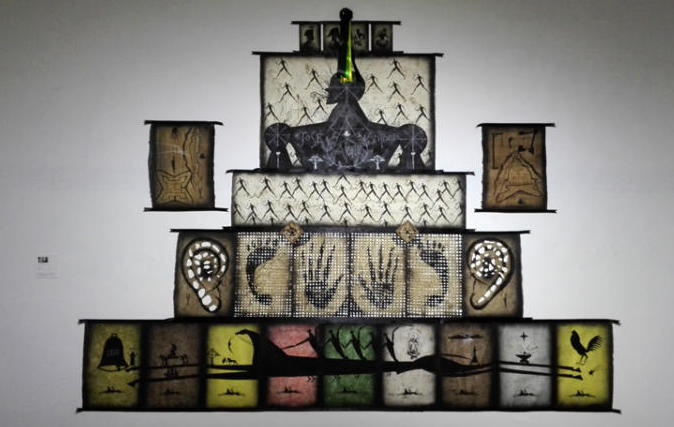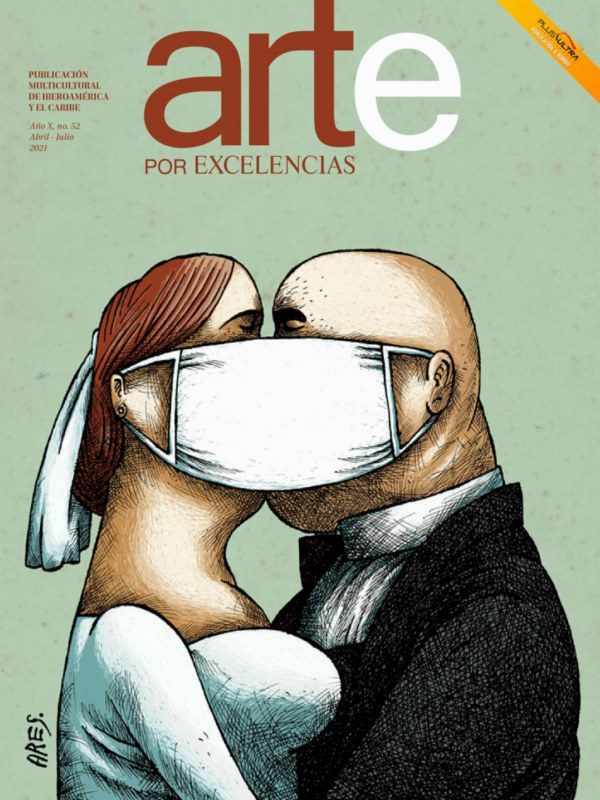On April 9, 1812, the severed heads of five black-skinned men were displayed in cages in various areas of the capital city of the Spanish colony on the island of Cuba. At the most prominent crossroads, a meeting point for two roadways outside the walls, known today as Belascoaín and Salvador Allende, that of the leader to be smitten: José Antonio Aponte.
He was a free black, carpenter, cabinetmaker and painter. He had had a military education. When, a victim of a denunciation, he was arrested at his home in the Guadalupe neighborhood workshop, the agents found a seventy-two illustration laminar created by Aponte, known as the Aponte Paintings Book. Cuban historian Ada Ferrer, professor of The University of New York, got in touch with Haitian painter and curator of art Edouard Duval Carrié, who spoke with Cuban artists and with others from other lands of the Caribbean and the United States so that, from the description of one or more sheets of the Book of Paintings, they would reinvent it from their own poetic perspectives. The visionary Aponte exhibition was thus born: art and black freedom, opened at the Centro de Desarrollo de las Artes Visuales de La Habana (Center for the Development of Visual Arts) in Havana.
Related Publications

How Harumi Yamaguchi invented the modern woman in Japan
March 16, 2022













